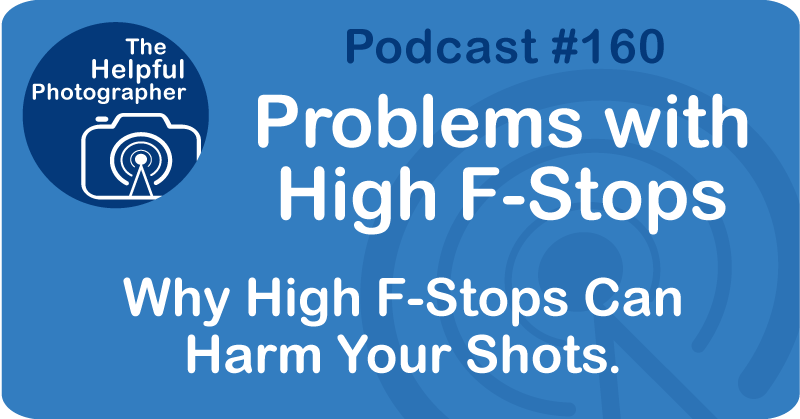Problems with High f/ Stops #160

Last week, I talked about shooting with high F-stops when doing macro photography. This week, I wanna dive into why shooting F16, F22, or even F32 might not be the best choice. These days, as camera technology evolves, I've noticed some significant issues when I push past F11 towards F16. Even before hitting F22, I start seeing a lot of aberrations in my images. They just don't look as sharp, and the overall image quality seems to drop too.
Now of course, the severity of these issues depends on what you're shooting, how much cropping you're doing, and whether or not you're pixel peeping, but I'm noticing some clear problems. So let's get into the technical side of this.
You wanna start thinking about light like water, because it moves a lot like water does. If you've ever seen a garden hose, you know that depending on the pressure, the water flows in a nice smooth stream when the hose is wide open. But if you start closing up the nozzle, the water begins to spray out in all directions. When you close down your aperture, light does similar things. It may not spray out in all directions, but it most certainly is not moving in such a straight line anymore. To be clear, each lens has an optimal aperture where light flows through most effectively. But unlike the water hose at the extremes like f2.8, f1.8, or the other end, f16 and beyond, the light tends to scatter in odd ways, affecting how sharp your image looks. That's why it's important to be mindful of shooting at the extremes of your lens's aperture range. Moving from one end to the other without considering the consequences can really mess with your image quality. Another issue I noticed when shooting at f16 or higher is that if you have any dust on your sensor, it becomes painfully obvious. At these smaller apertures, light is more focused, which highlights any dust particles on your sensor. The shadows they cast becomes more pronounced, and trust me, you'll see every speck of dust. If you really wanna see how much dust is on your sensor, shoot at F16, F22, or F32, point your camera at a blue sky and take a shot. You'll be shocked at how much dust shows up. So while high F-stops can give you greater depth of field, they come with their own set of challenges.